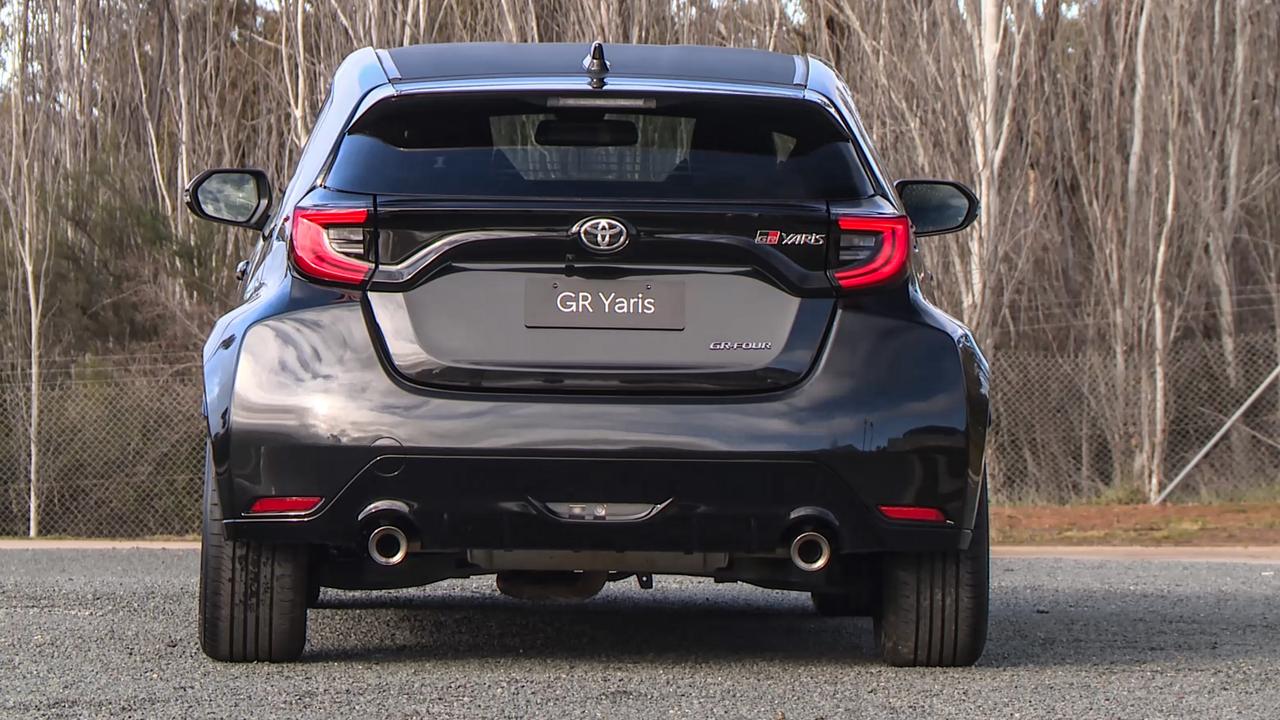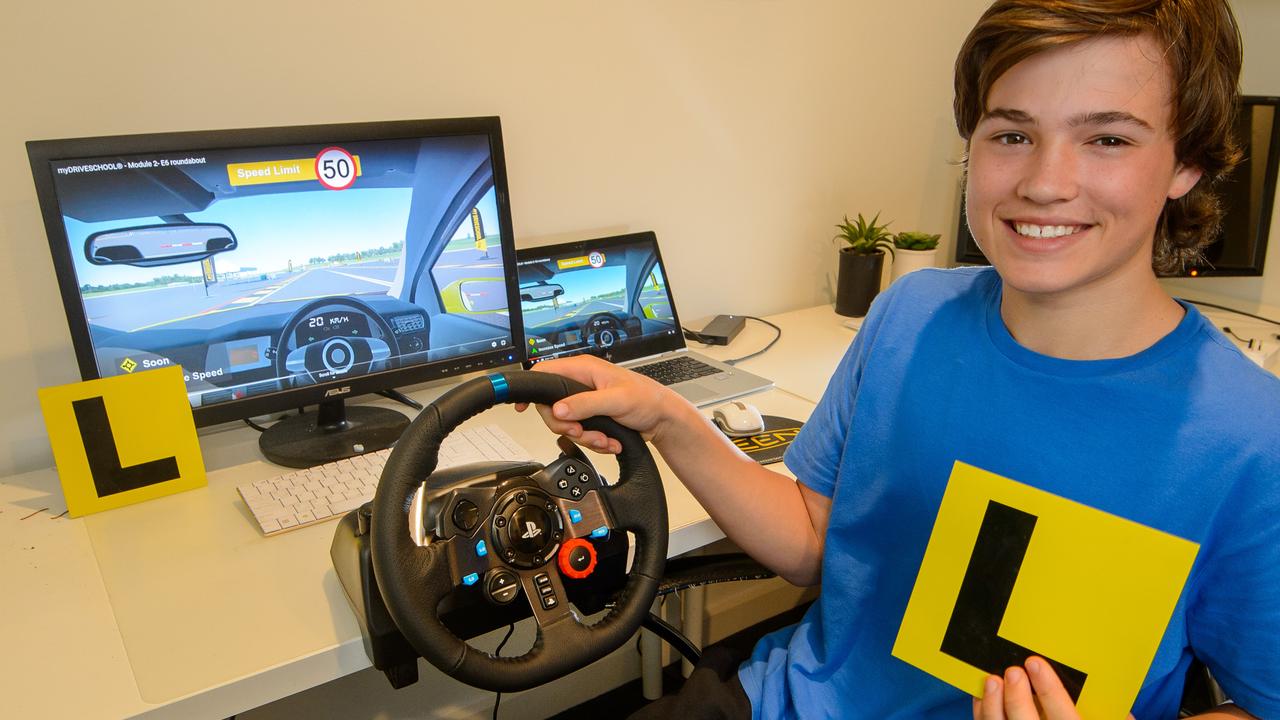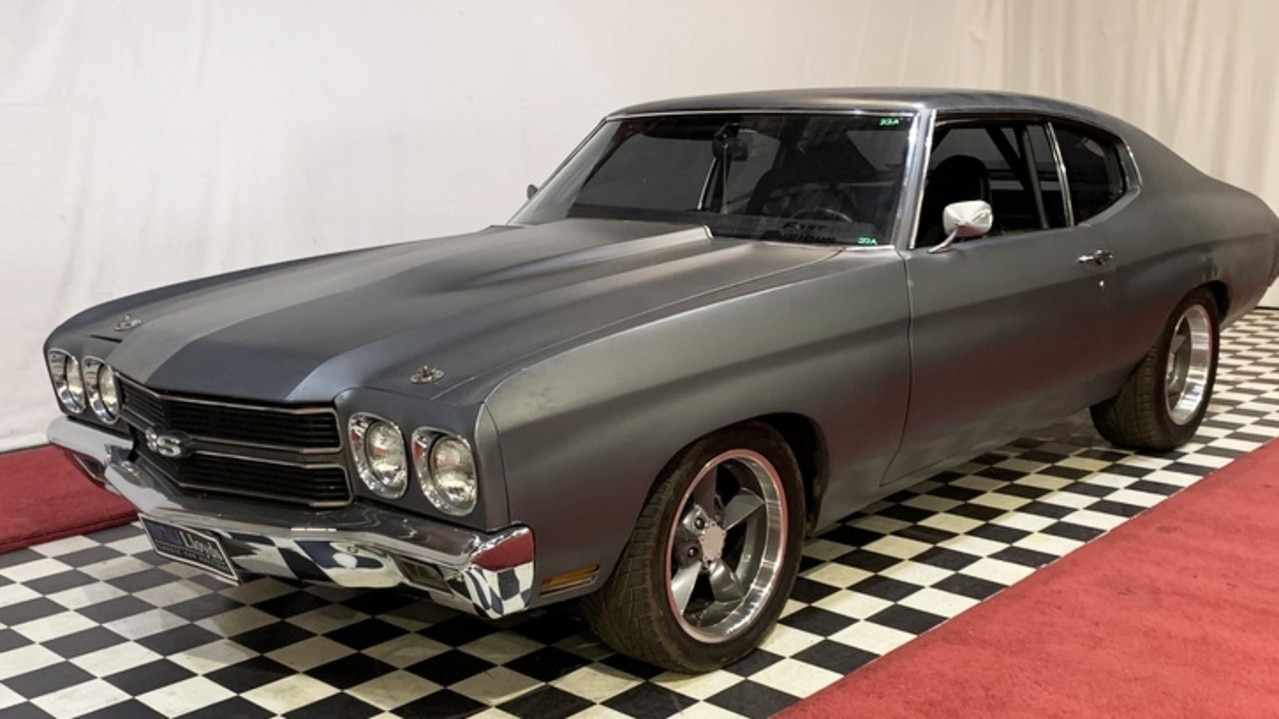Ford goes hi-tech with EV rival
Ford is showing why it has outlasted Holden with a the Blue Oval revealing a new hi-tech green machine to take on the new breed of SUVs.

The numbers surrounding the first hybrid Ford sold in Australia are worth a closer look.
Based on its medium-sized SUV, the new Ford Escape ST-Line PHEV serves up a plug-in hybrid experience to rival the Mitsubishi Outlander.
Combining a 2.5-litre four-cylinder petrol engine with an electric motor and 14.4kWh lithium-ion battery, the Escape offers an impressive 167kW of power. Able to drive using electricity alone for up to 50 kilometres, the Escape has an official fuel figure of 1.5L/100km.
Like all plug-in hybrids, that figure is the result of a controlled formula rather than a true reflection of its daily consumption. Drive for 30 kilometres and you might use zero fuel. Drive interstate and the battery will be quickly depleted, resulting in fuel consumption comparable to regular models.

Regenerative braking helps top up the Escape’s battery, though customers will need to plug it into mains power to make the most of its green credentials.
The technology does not come cheap.
Restricted to the sporty mid-grade ST-Line trim, the front-drive plug-in hybrid costs $52,940 plus on-road costs. That’s $14,950 more than the regular front-drive ST-Line which offers more powerful 183kW/387Nm outputs and 8.6L/100km economy. All-wheel-drive traction adds $3000 to the petrol model’s bill – it’s not available on the hybrid.

The petrol-electric model is priced close to the $53,990 plus on-roads of Mitsubishi’s Outlander PHEV Exceed, and well higher than the non-plug-in Toyota RAV4 Hybrid which starts at $35,140 plus on-roads.
Toyota Australia chooses not to import plug-in hybrid versions of the RAV4.
Ford might face a similar choice surrounding the Mustang Mach-E, the brand’s first fully-electric SUV.
Kay Hart, president of Ford Australia, worked on the Mach-E during her previous posting in Detroit.
The Mach-E isn’t available in right-hand-drive for now, and Hart isn’t convinced Australia is ready for electric cars.

”The acceptance of EV technology is clearly growing in the Australian market today – you can clearly see that today – across a number of different types of electrification,” she says.
“I have no doubt [acceptance] will come … and then maybe, hopefully, we can bring it to market.”
Ford’s Escape range opens with an entry-level model featuring 18-inch wheels, LED headlights, smart keys, a reversing camera and front and rear parking sensors for $35,990 plus on-road costs.
That car features the same 2.0-litre turbo engine as the ST-Line, one driving the front wheels through an eight-speed automatic transmission.

Standard safety kit includes autonomous emergency braking with pedestrian detection, lane keeping assistance, blind spot monitoring and more. An 8-inch infotainment system brings wireless phone charging, Apple CarPlay, Android Auto and sat nav with “Australian accent recognition”. Strewth.
The new “FordPass”connectivity suite also features, giving customers a chance to remotely access key features through their smartphone.
ST-Line models add a body kit, dark cabin elements, a 12.3-inch digital instrument cluster and more for $37,990 plus on-roads.

A range-topping Escape Vignale builds on all of the above with chrome exterior styling, smarter LED headlamps, 19-inch wheels and niceties such as smart keys, heated leather-trimmed seats with 10-way front adjustment, a power tailgate, self-parking system and more for $46,590 plus on-roads.
The Escape arrives locally in the third quarter of 2020.




